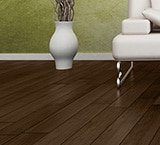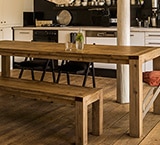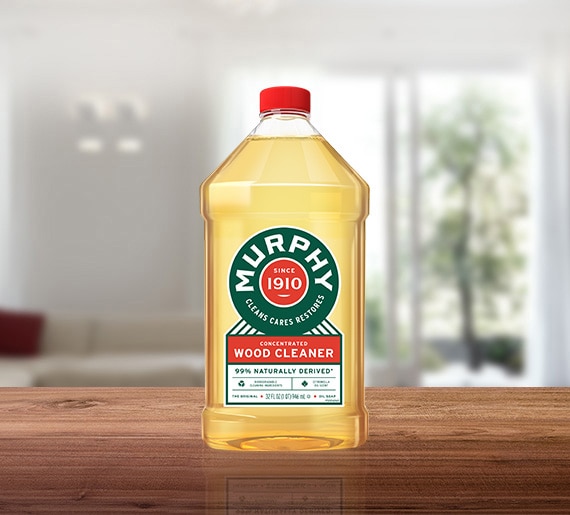HARDWOOD FLOORS & FLOORING
How to Choose a Floor-Cleaning Mop

Using a proper floor-cleaning mop for a hard surface helps hardwood finish last longer and look its best. Buckets of water are old-fashioned unless the task requires it; most hard floors today need to be cleaned with minimal water, and soft, reusable and washable attachments. Many mops, including rag and sponge models, also simply push around the dirt and water, trapping bacteria in hard-to-reach areas.
Here's how to use a floor-cleaning mop that's been designed to keep your home's floors clean and maintain the surface's beauty for years into their life.
DIRT, LIQUID AND HOW TO REMOVE IT
Hardwood floors often have a plethora of confusing information on how to maintain and clean them. Ultimately, two of the most damaging elements to hardwood floors dirt and liquid harm the finish and cause stains that are difficult to remove. The right kind of mop and solution can keep the floor's finish intact, protecting the wood and its naturally beautiful surface. A dust mop is
CLEANING WAXED FLOORS
Waxed floors, albeit less common in modern residences, still exist in many older homes and apartments. Cleaning waxed floors generally involves steps similar to wood: Avoid water and liquid, use a dust mop regularly to pick up dirt and always clean spills immediately with a soft, absorbent mop or towel. When wax floors dull, they need cleaning with a specific solvent to remove the top layer of wax that had dirt and debris built up within it. A mop with a microfiber applicator works best for this. A new layer of wax should be applied afterward, either with the same mop if you're using a liquid wax, or with a cotton cloth if you're using paste wax.
MOPPING TILE FLOORS
Tile floors need just as much special care as wood. Over time, the grout sealant wears down and can become dirty. The typical sponge mop will damage the sealant and, as stated, often just pushes dirt and grime around on the floor particularly into the grout lines, according to Better Homes And Gardens (BHG). As with wood and waxed floors, keep dirt and debris clean with a dust mop or hard-floor vacuum. Clean spills on sight with a mop that can absorb the liquid quickly, and spot clean shoe marks, scuffs
NATURAL STONE FLOOR CLEANING
Stone floors, such as slate and marble, do best with a soft microfiber wet and dry mop attachment. Use a dry dust mop to pick up loose dirt and debris. A little cleaner sprayed on a wet mop will take care of most grime. Although stone can endure these elements more easily than hardwood, suggests BHG, clean spills just as quickly to avoid surface stains using a fluffy towel or mop. With any tile floor, the grout sealant wears down over time when exposed to excessive water. Use soft mops to avoid scratching the stone. Always dry with a second soft mop or towel after cleaning so water doesn't stand on the floor and damage the surface.
LAMINATE FLOORS
Laminate floors include many styles that often mimic the look of wood, ceramic or stone flooring. Most laminate has seams, and for this reason, you should treat it as you would any wood or tiled floor. Avoid excessive water, which can seep into these seams, damaging the glue and underlayment and warping the laminate. A reusable, washable microfiber mop works best on laminate. You can use it to clean up spills and perform a regular mopping session with a laminate-friendly solution.
Most floors, if kept clean of debris, require mopping on a weekly basis in busy areas and monthly in quieter spots. Nonetheless, all hard flooring should follow similar cleaning methods. Dust mop frequently with a soft material in high-traffic areas. Clean up liquids quickly to avoid warping. Use formulas made for your floor type and the appropriate mop as needed to remove scuffs and buildups of grime. With consistency and the right floor-cleaning mop, you'll have nothing to worry about.
This article was brought to you by Colgate-Palmolive Company, the makers of Murphy® Oil Soap. The views and opinions expressed by the author do not reflect the position of the Colgate-Palmolive Company.









